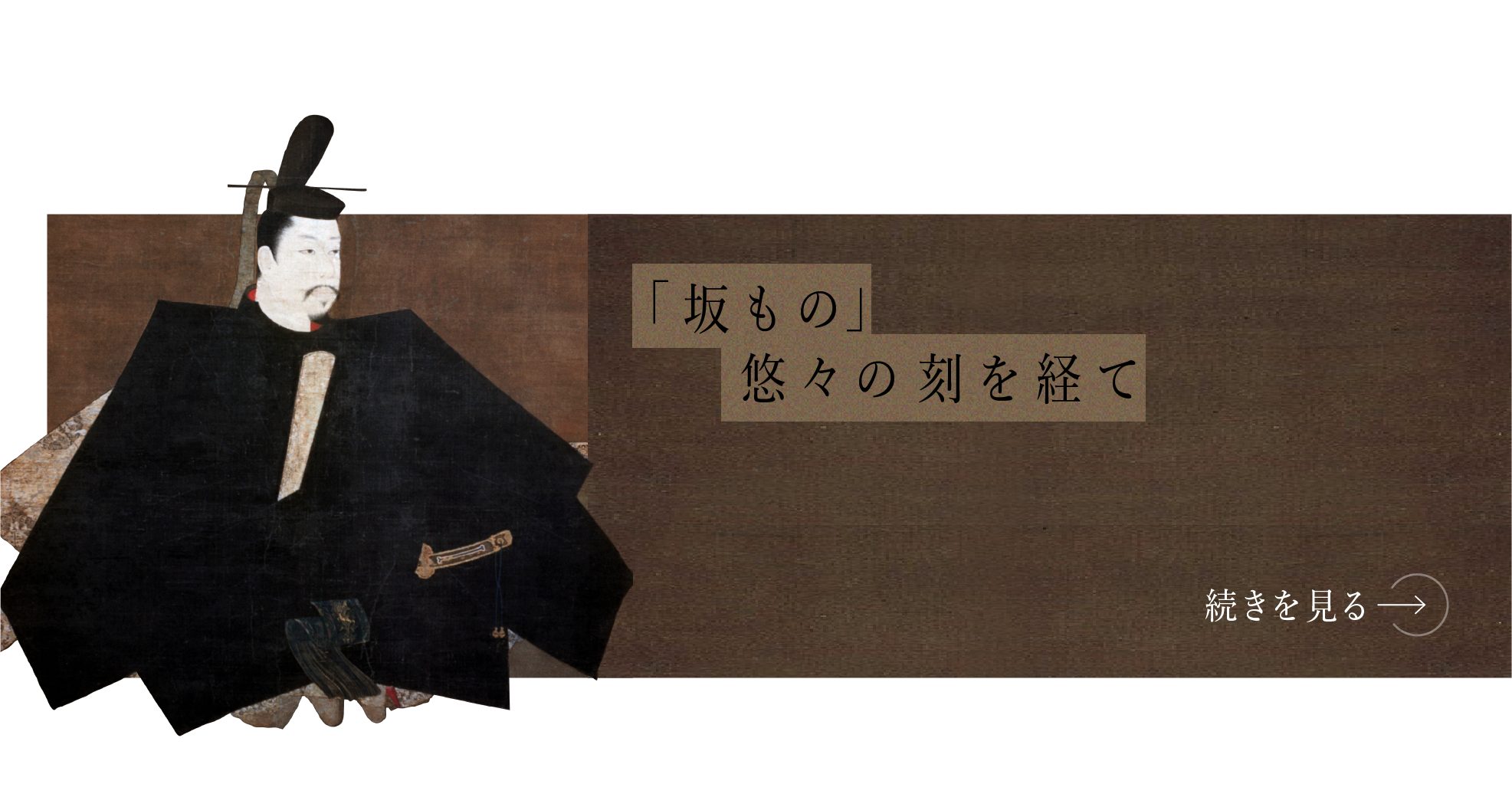The Queen of Potatoes
“Mishima Potato”


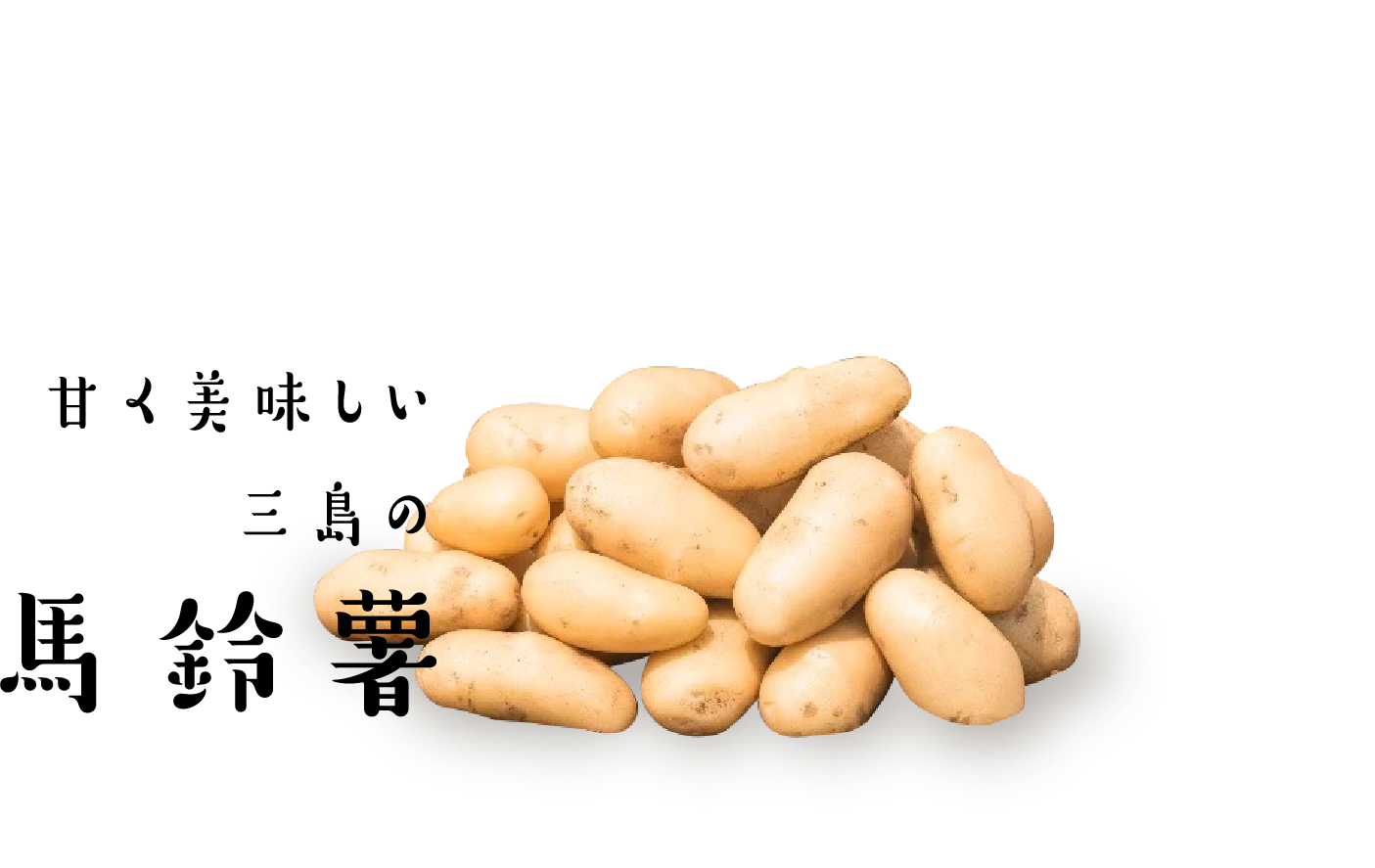
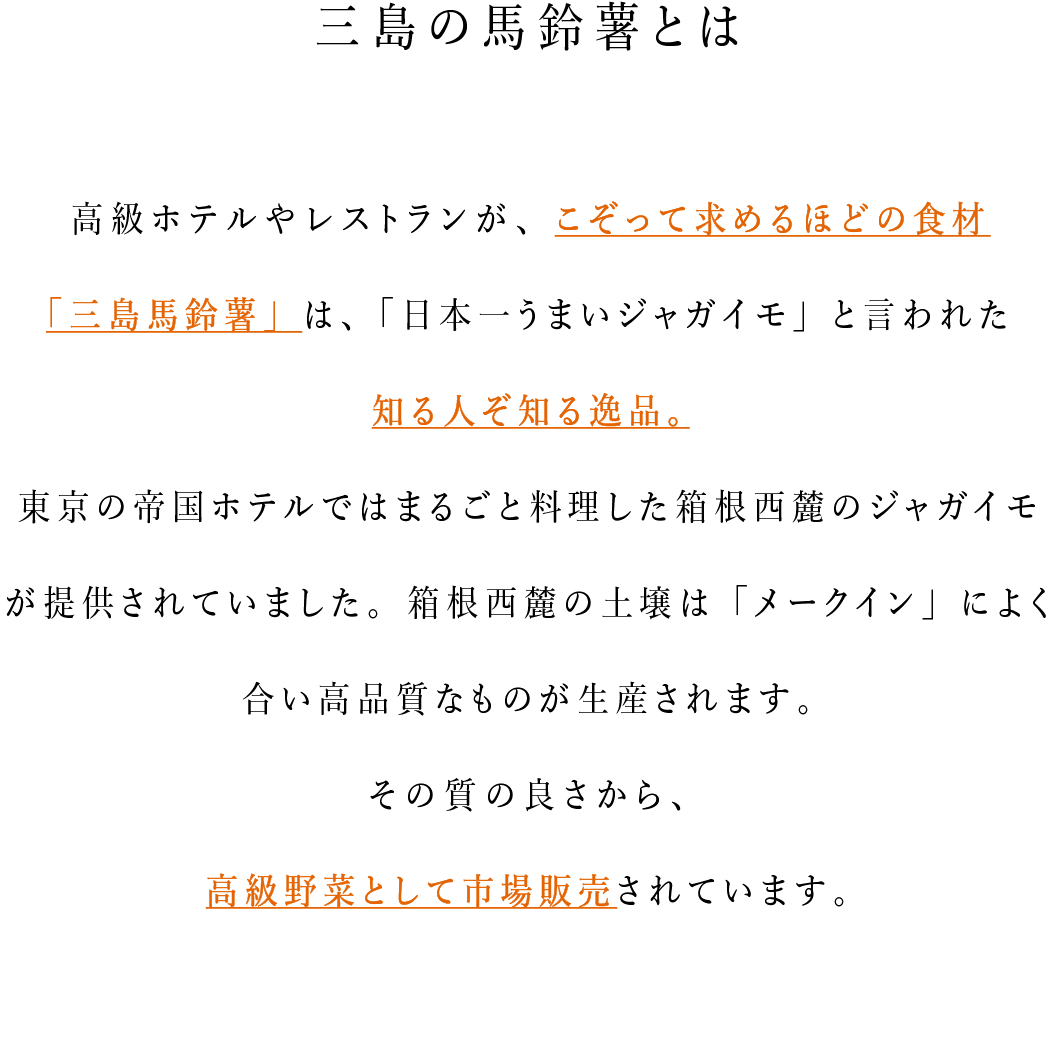

Market-valued, dedicated production methods
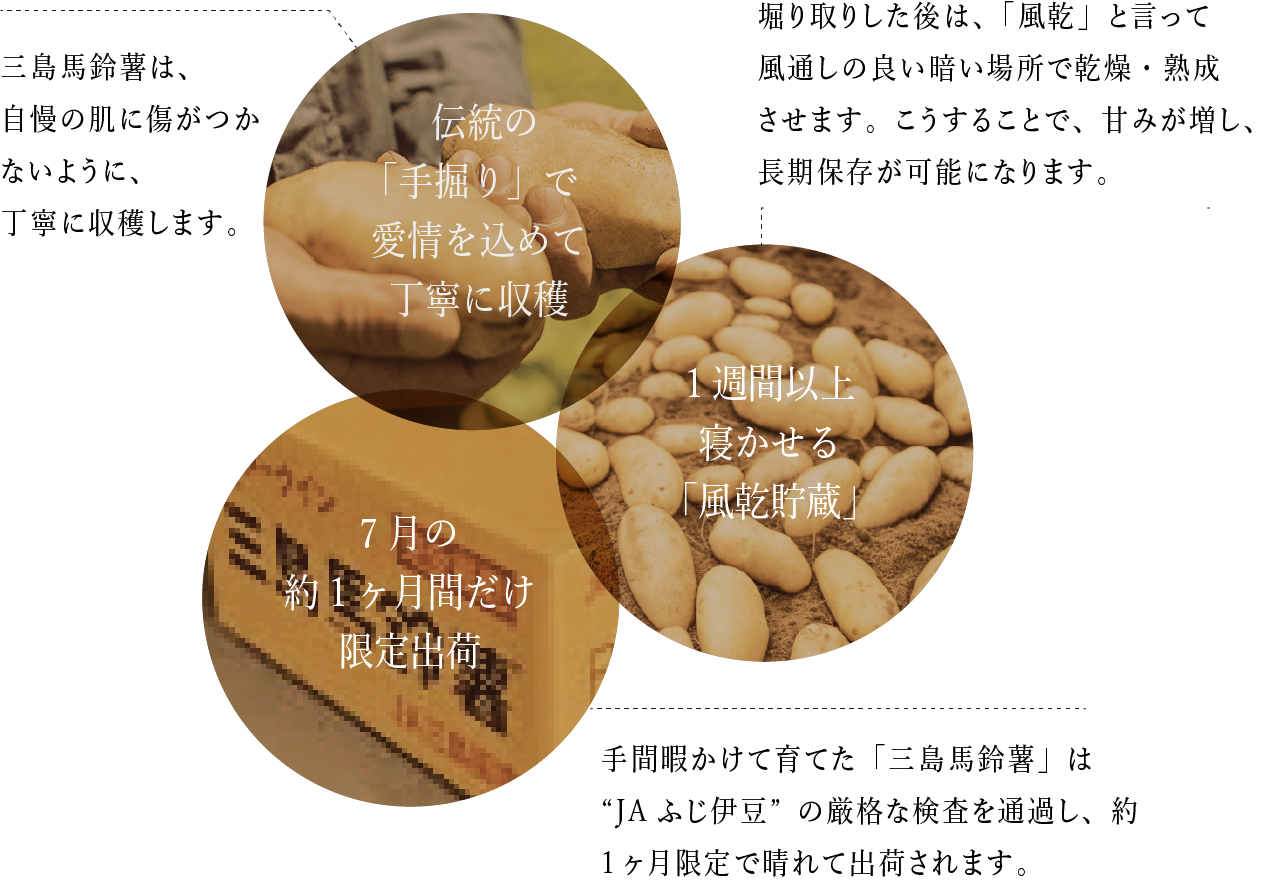

The most expensive potato in Japan
The variety of Mishima potato is Makuin.
Potato production began around 1955, with make-in around 1970.
has been introduced. The temperature difference between day and night, created by the high altitude, and the
Especially the cold nights (opening a difference of 3-4 degrees compared to the plains) on vegetables.
It provides the right amount of stress, draws out sugar, and produces delicious vegetables.
The good quality soil, benefiting from volcanic ash, has high fertilizer retention, and the sloping
Combined with good drainage, this makes it suitable for vegetable growth.
And the reason why "Mishima Potato" is called a high quality vegetable is
It is in its 'skin beauty'.
Human labor is done by hand, without relying on machines, "so as not to damage the skin.
Careful harvesting and also displaying on store shelves in undamaged condition,
we strive to provide our products in a more beautiful state of mind.
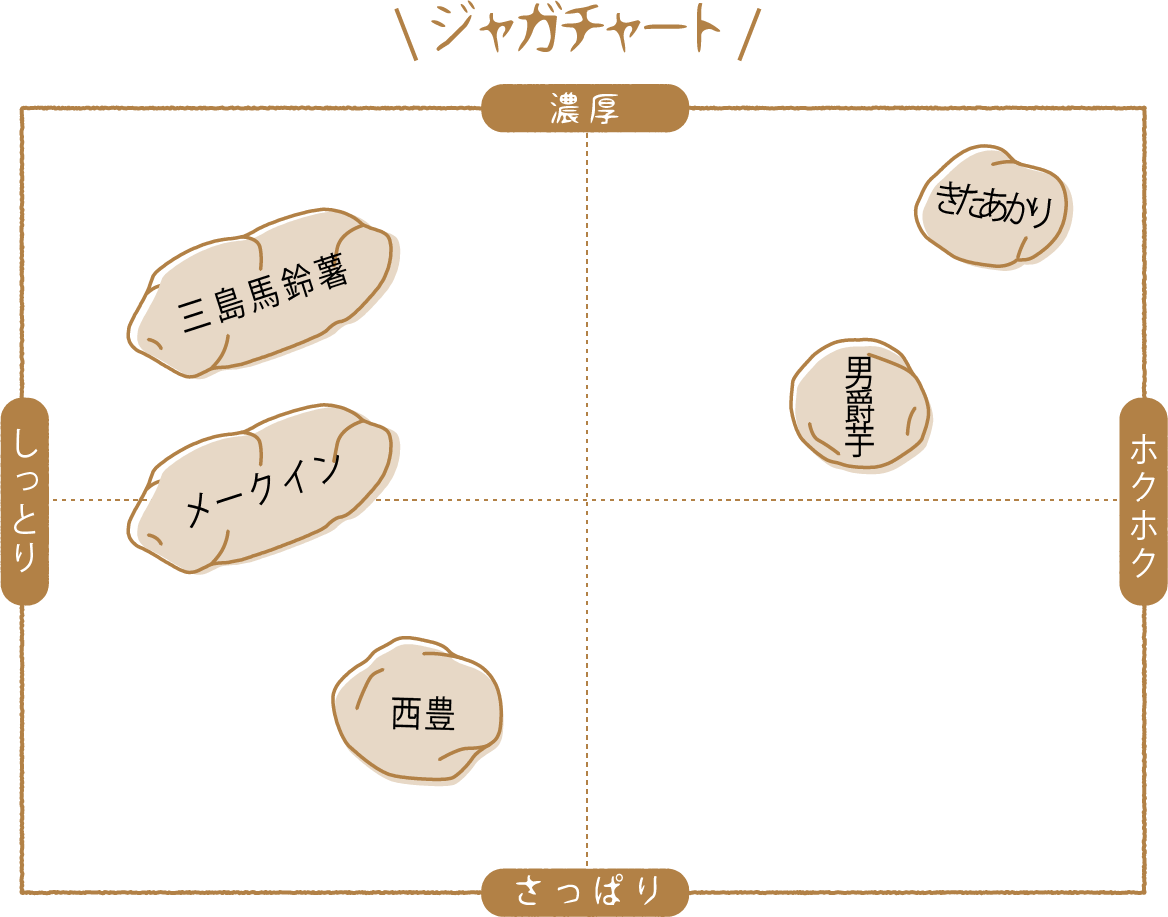

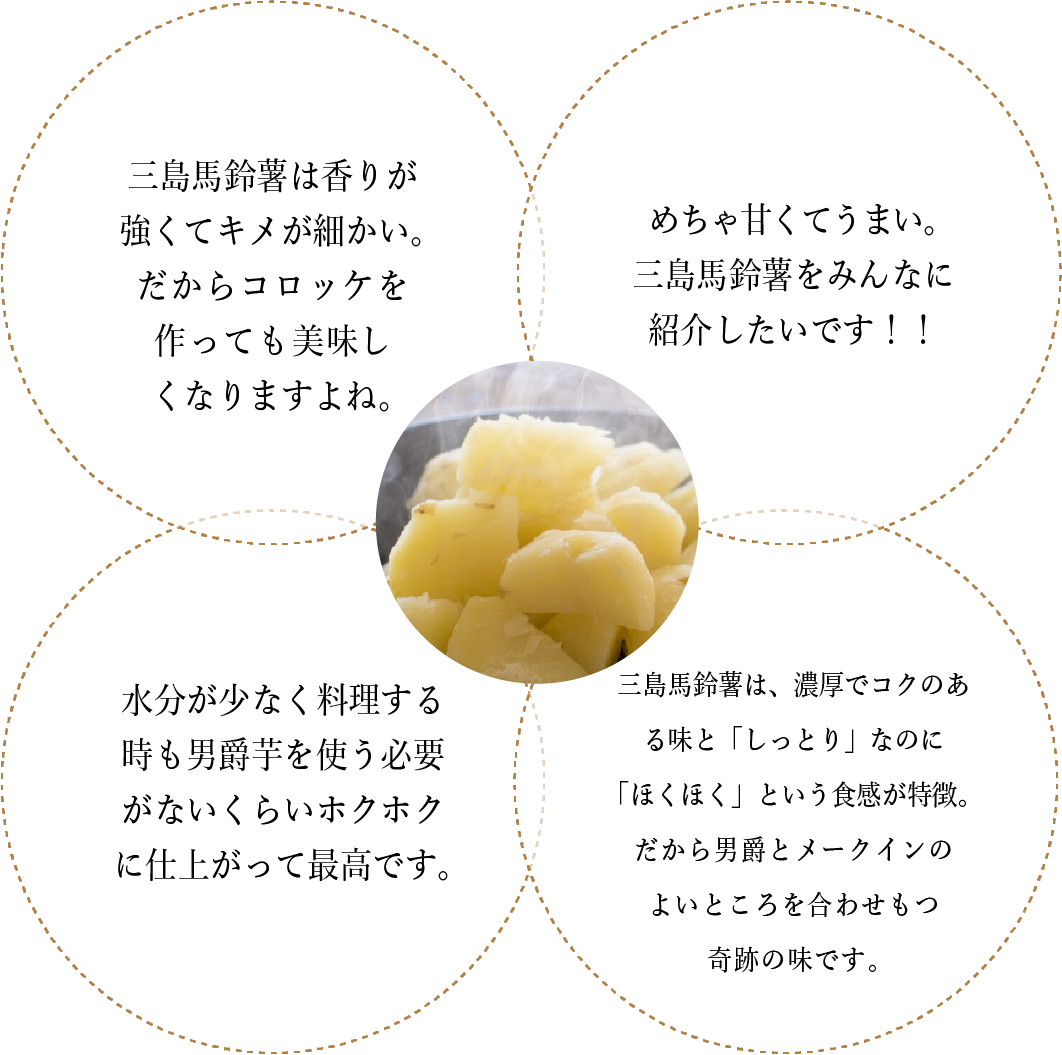


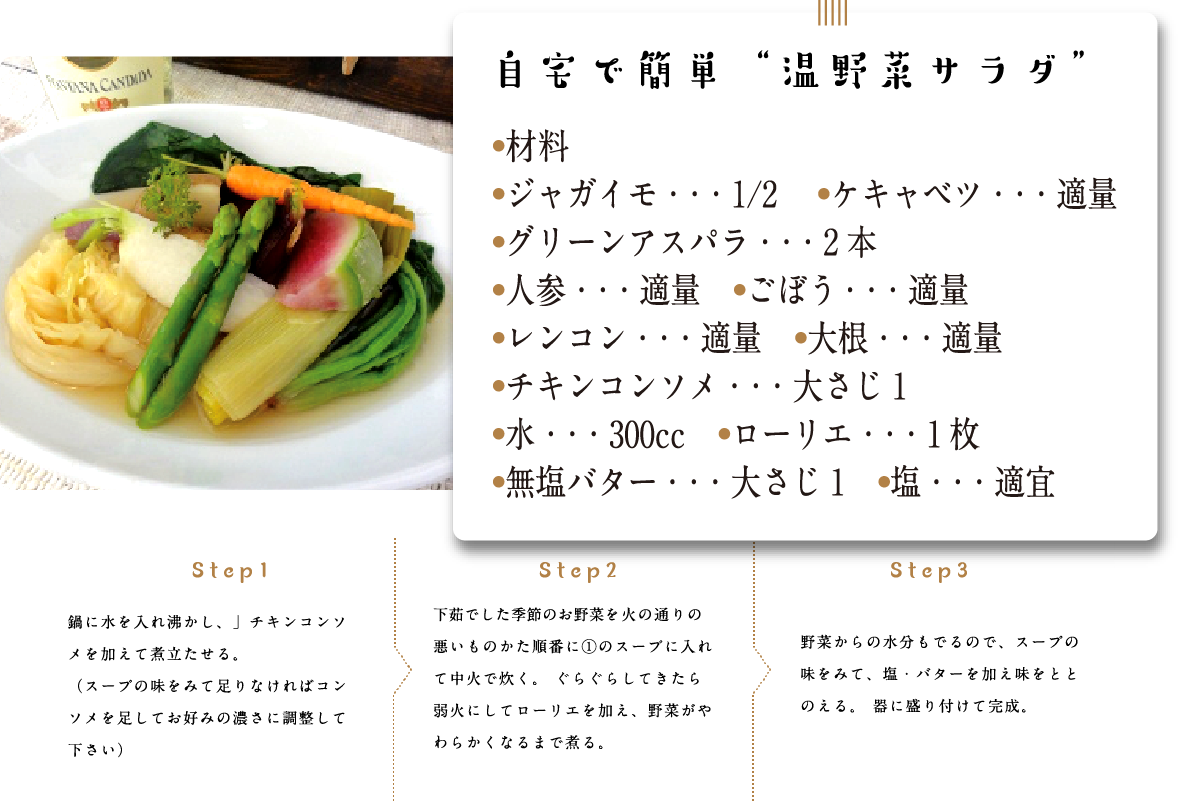

Why it's delicious and popular
"Sakamono" vegetables are delicious.
Unique Environment

Clean water and
Soil passed down from generation to generation
Healthy nutritional reserves
Fuji's multiple eruptions have resulted in lava flows and further ash accumulation.
This lava flow has a property that allows water to pass through it well, which is why Mishima has an abundance of spring water.
The water environment in the Hakone Nishifooth area is also well-developed.
In addition, vegetables grow well and are luscious due to the well-drained and soft volcanic ash soil brought about by nature, as well as the rich soil nurtured by the wisdom and ingenuity of the people of the past.

Lots of light and
Growing in a pleasant breeze
Fuji, the Seiryoku area is located in the southwest of Mt.
This is a south-facing slope, and the vegetables are exposed to the sun for long hours during the day, allowing them to photosynthesize well and accumulate plenty of nutrients.
In addition, the breezes flowing in from Suruga Bay provide good ventilation and just the right warm climate for vegetables, allowing them to grow firm roots and leaves and become moderately tender.
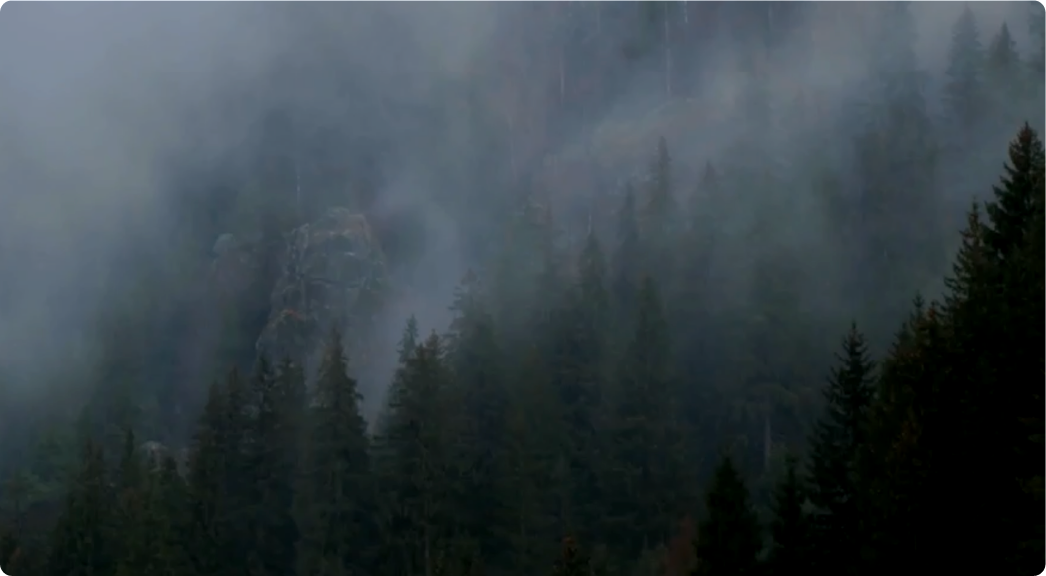
On the slopes of Mt. Hakone.
Receiving light and wind
It grows spontaneously and beautifully.
In the Hakone Nishi Foothills area, the entire region is shrouded in fog throughout the year. The fog keeps the humidity appropriate for vegetables, which prevents the surface of the vegetables from drying out, opens the pores, and increases the rate of photosynthesis, resulting in the growth of high quality vegetables.
In the western foothills, where temperatures are 3 to 4°C lower than in the plains, the mornings and evenings can be quite cold, with frost even falling in the evenings.
Vegetables are exposed to a lot of light during the day and photosynthesize to produce sugars. Then, they breathe.
When we breathe, the sugar produced by photosynthesis is consumed, but when the weather is cooler, respiration is less frequent and sugar consumption is reduced.
The unique topography of the western foothills region produces a well-balanced difference in temperature and humidity, which allows the vegetables to accumulate sugar content and produce nutritious, fruit-filled products.

伝統と歴史
三島馬鈴薯
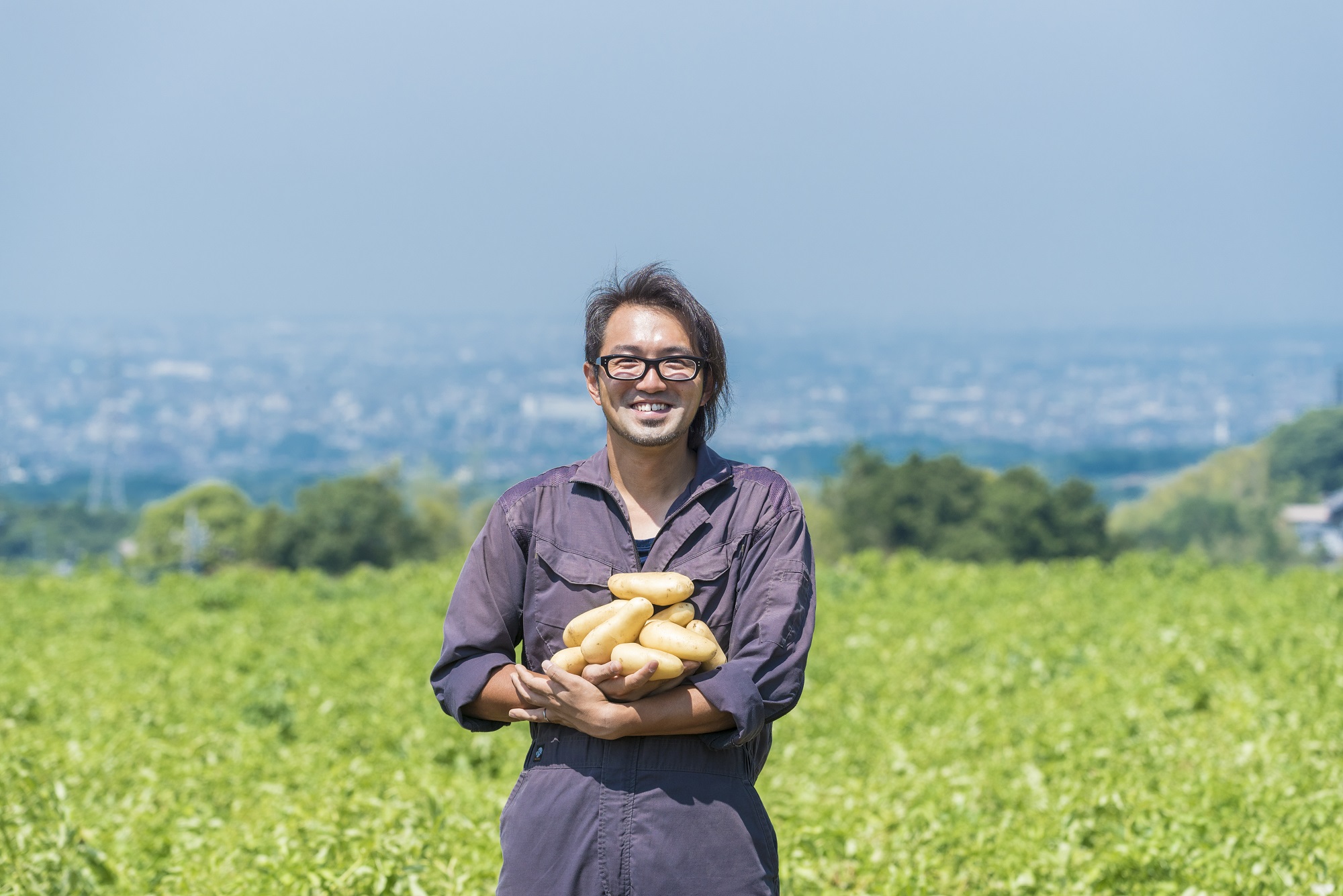
Mr. Ryuji Miyazawa, Mishima Potato Club
"There are many tasty vegetables in the Hakone Nishuroku area, including Mishima potatoes."
"With the Corona Disaster reducing the number of people going out, I hope people will turn to local produce, taste it, and enjoy it."


